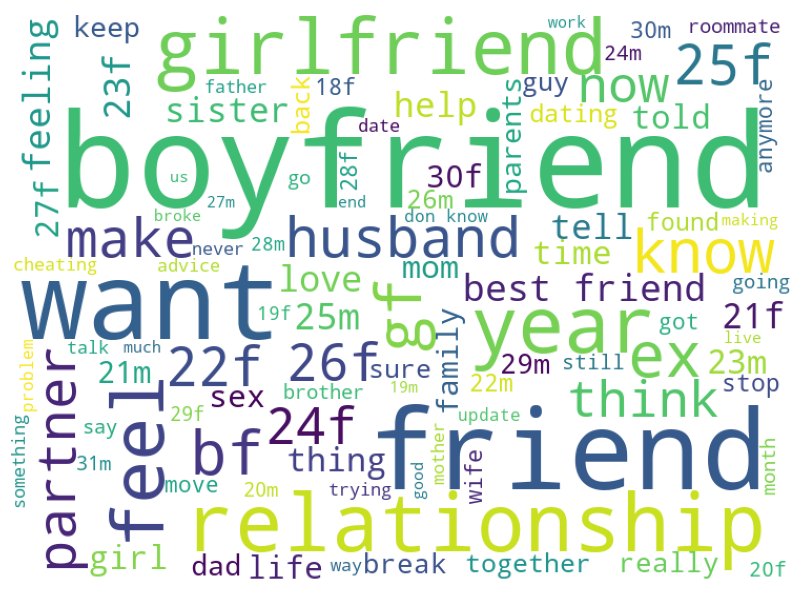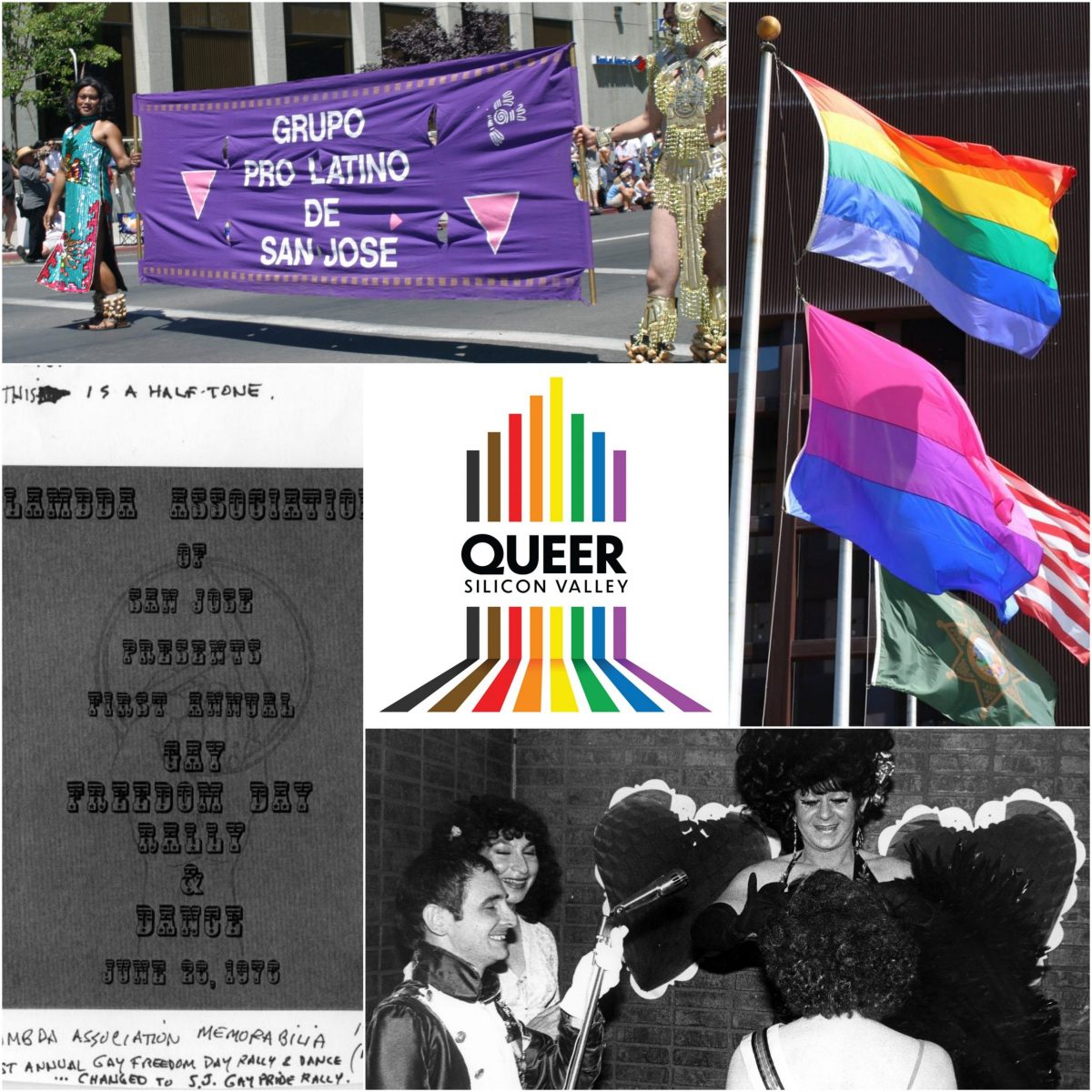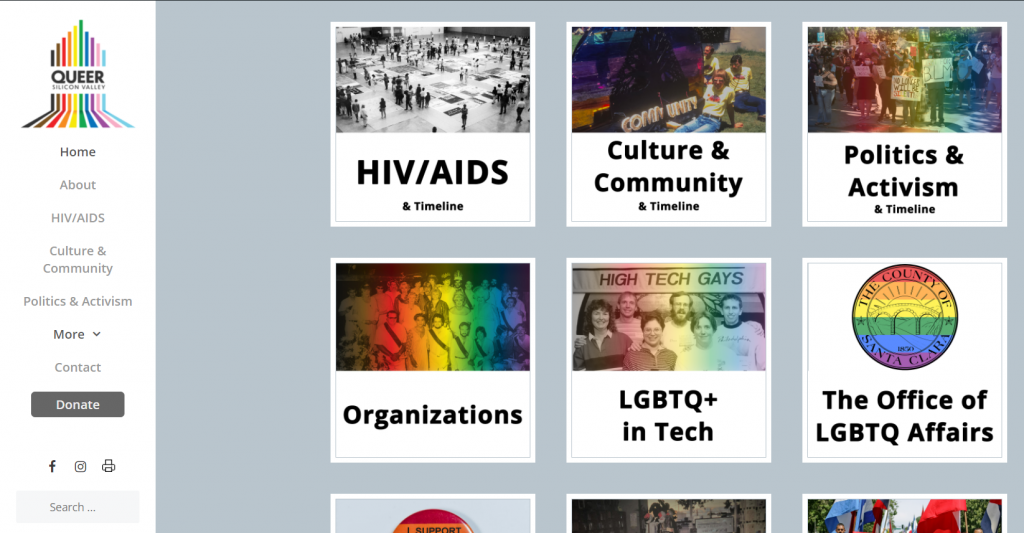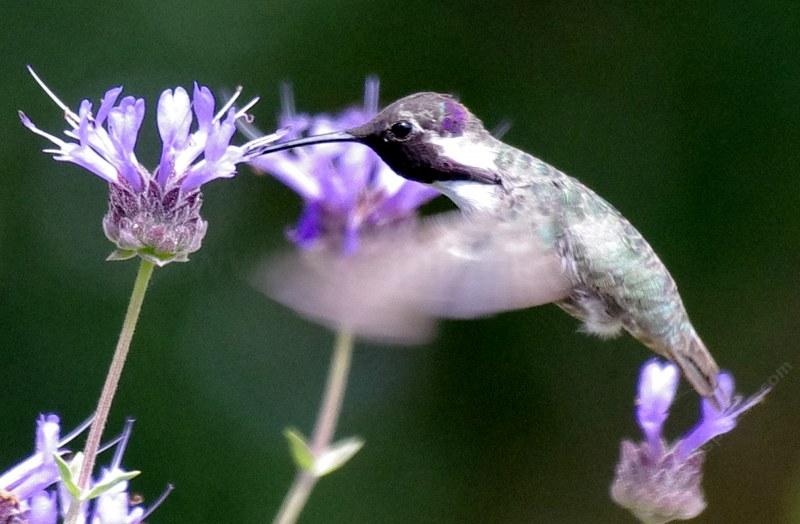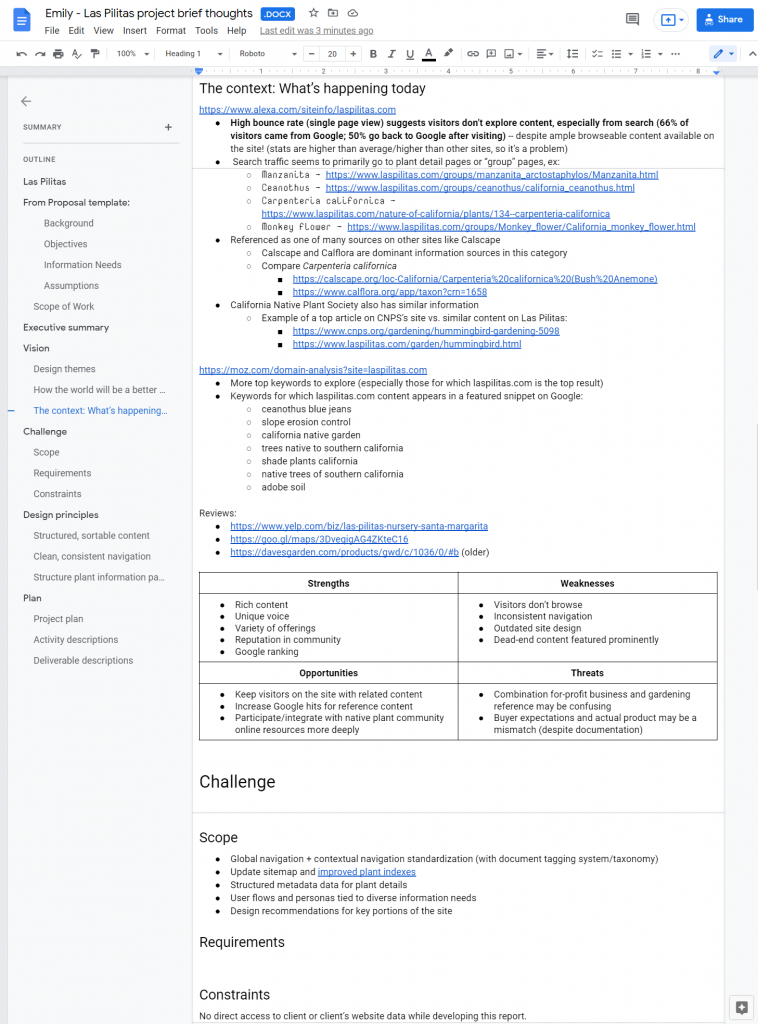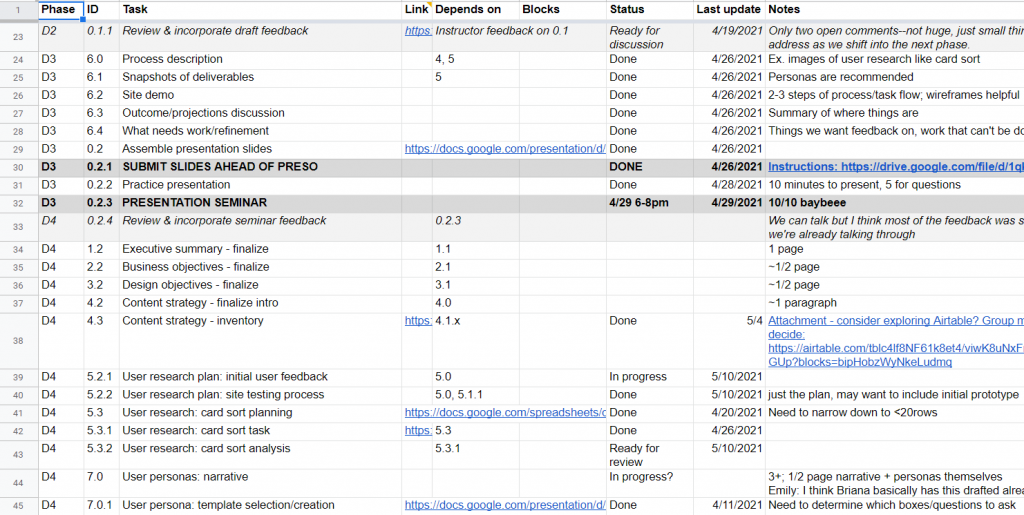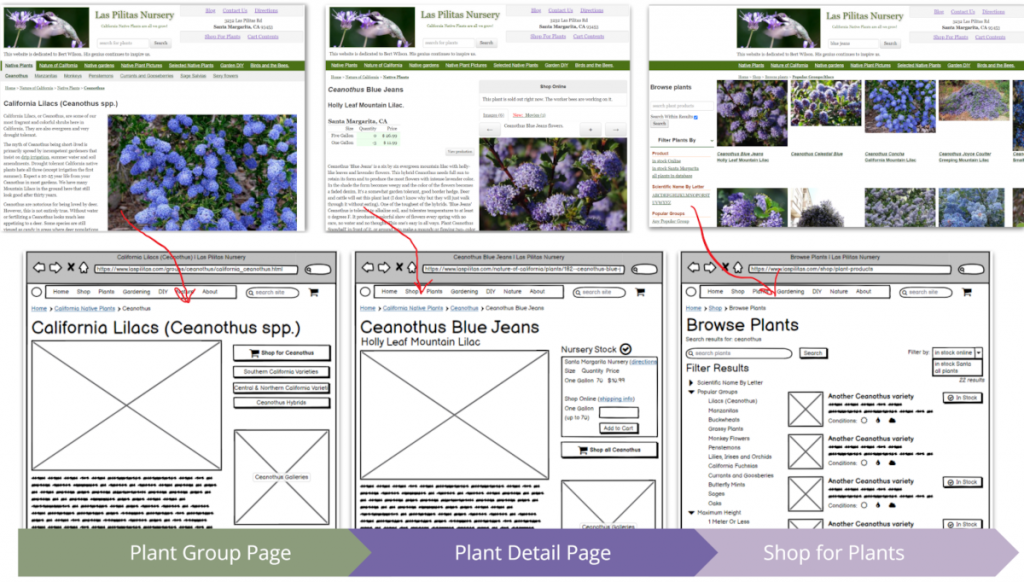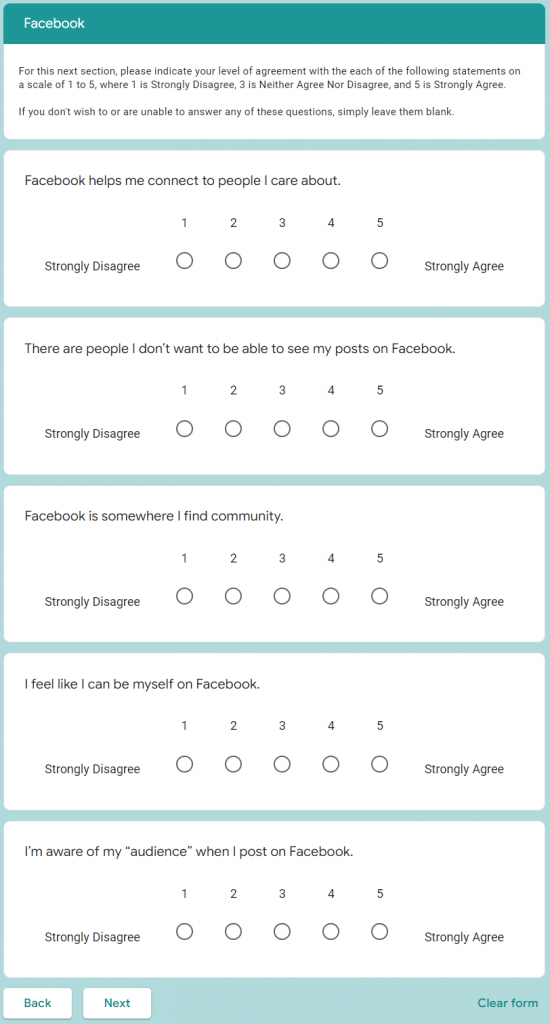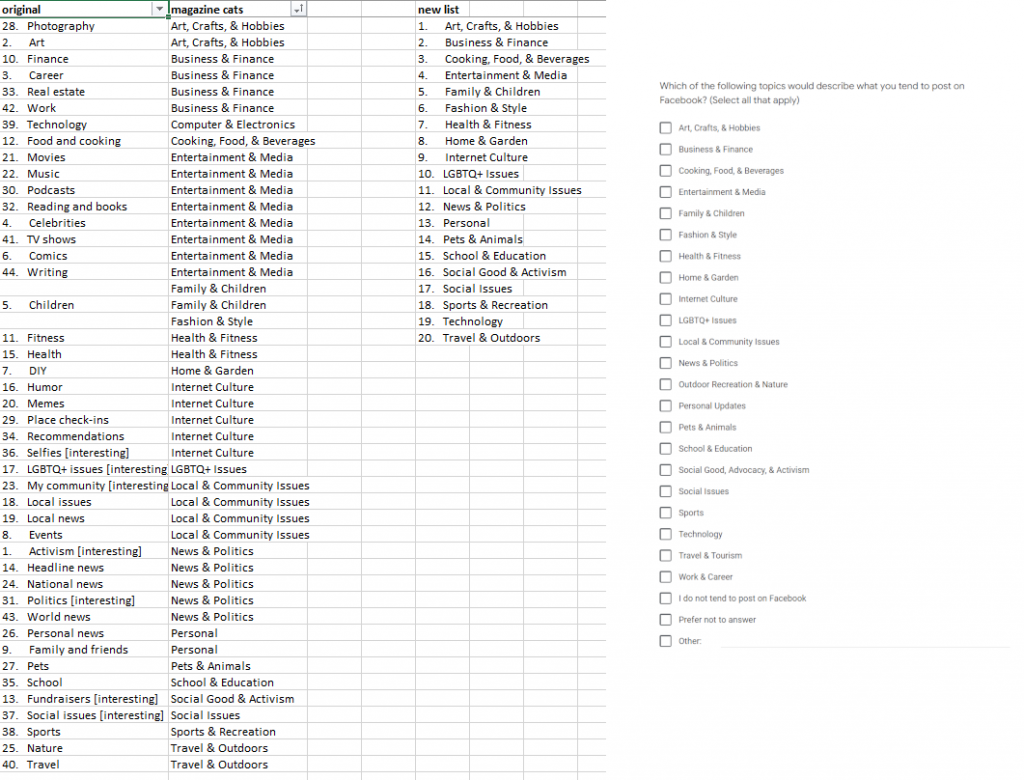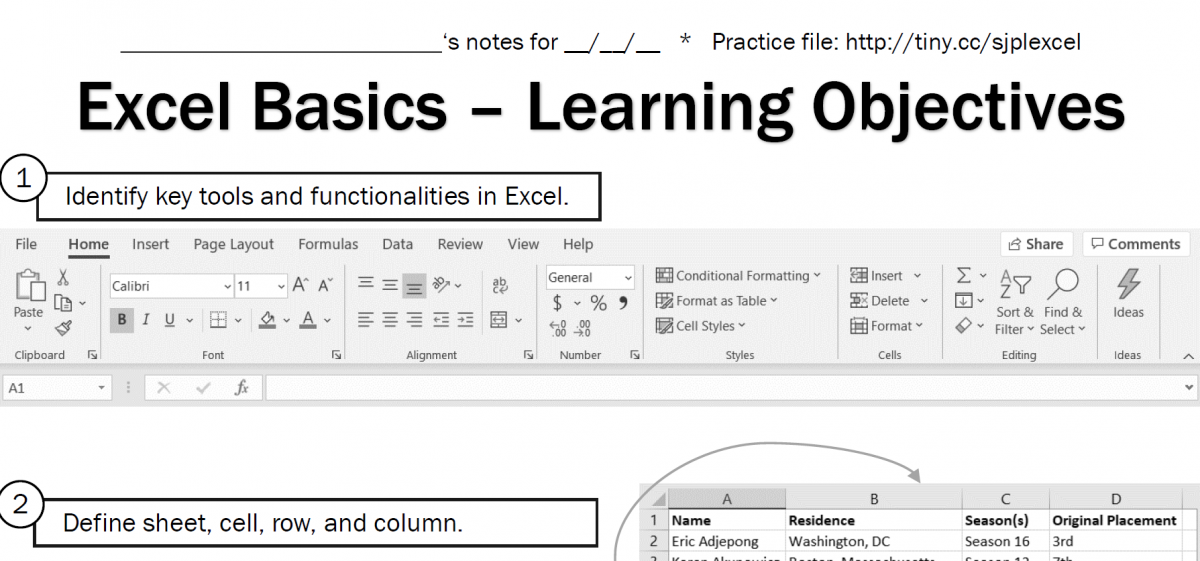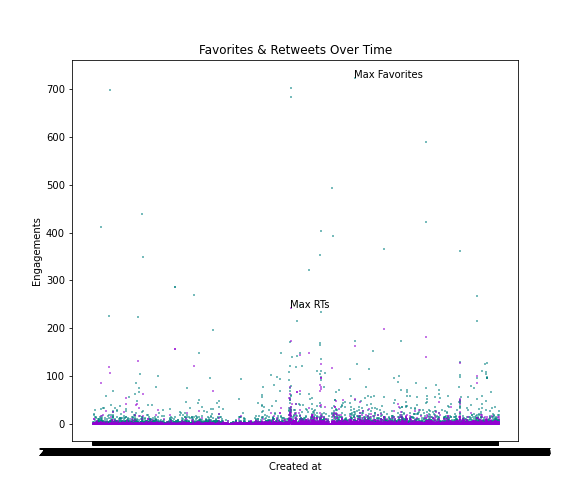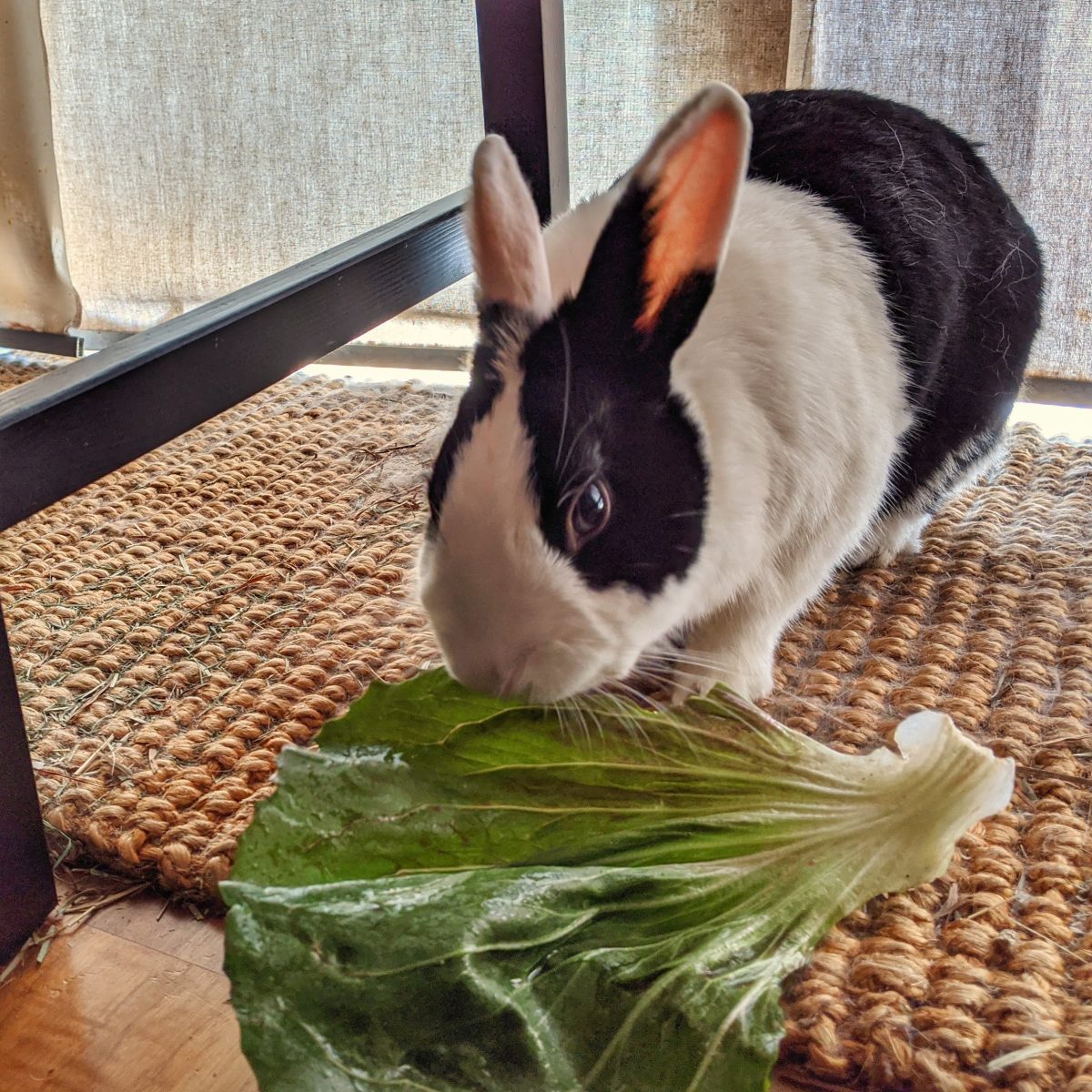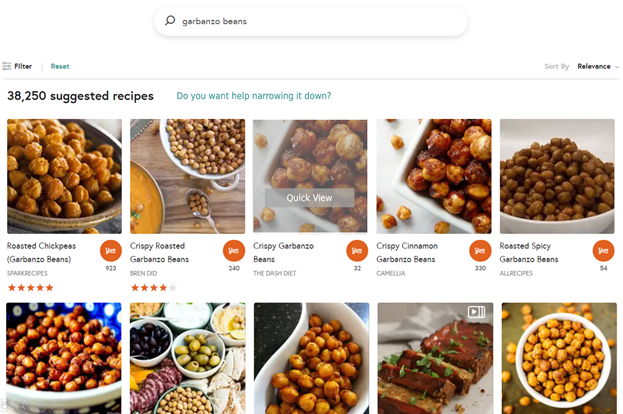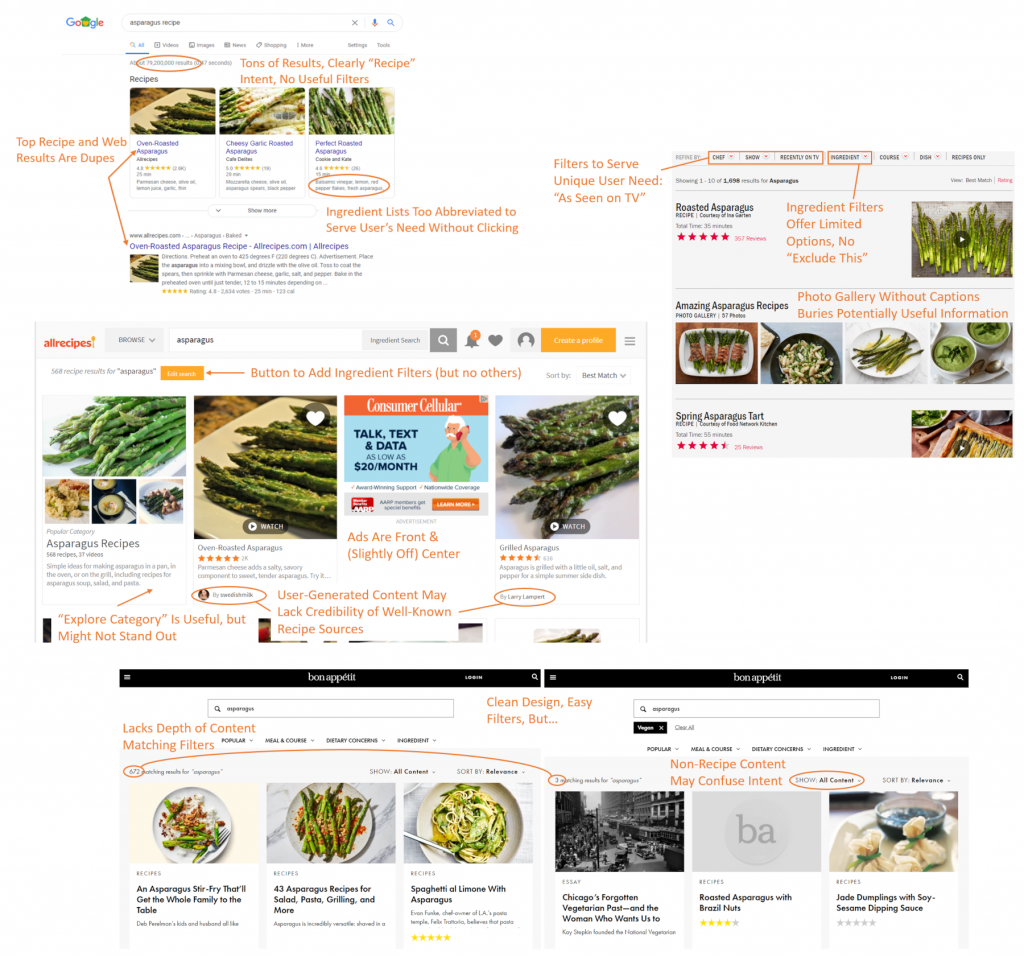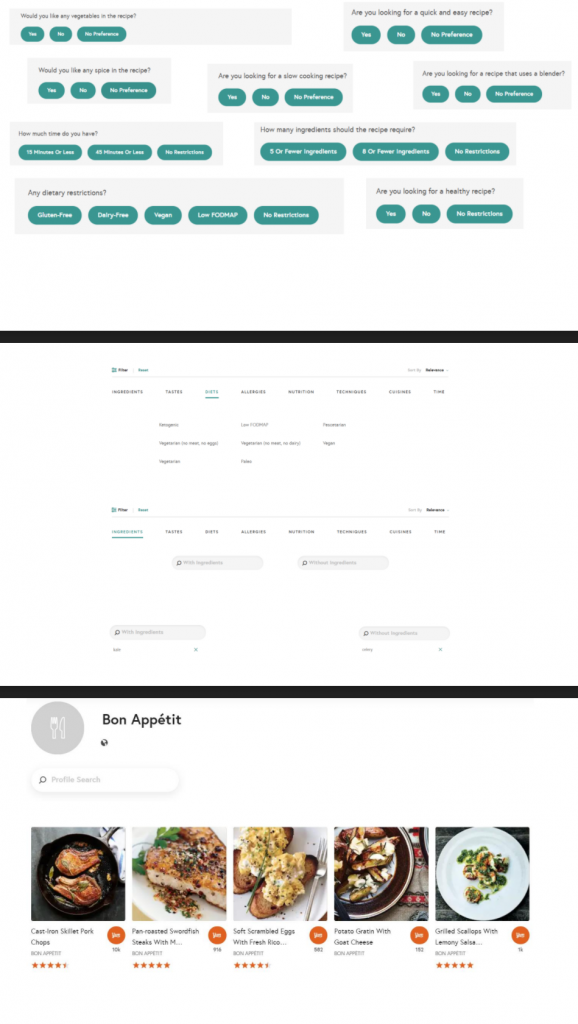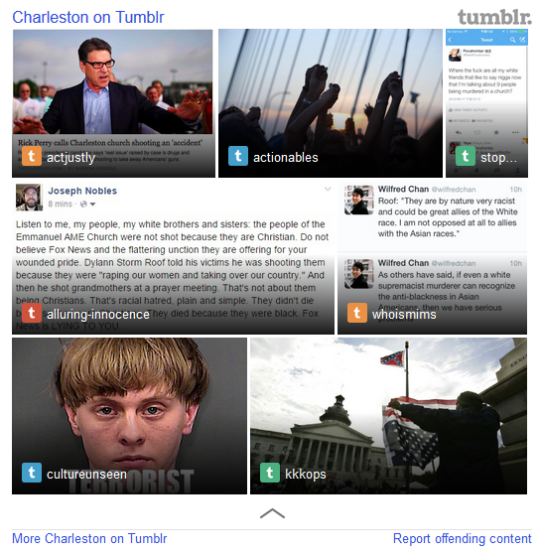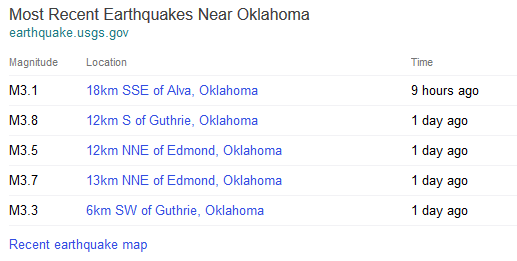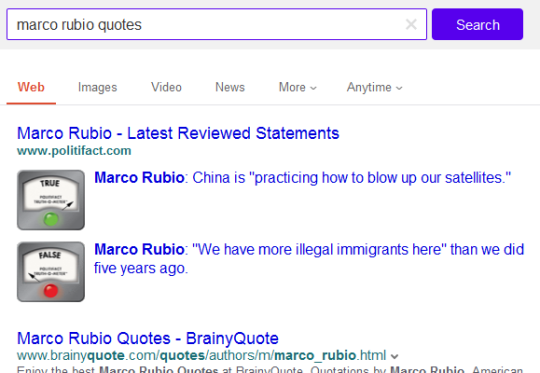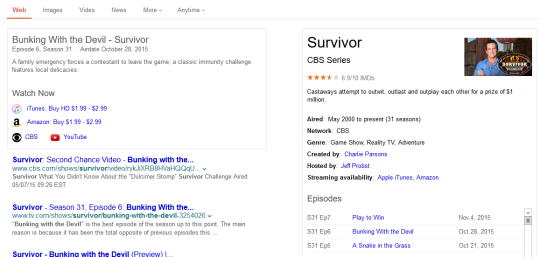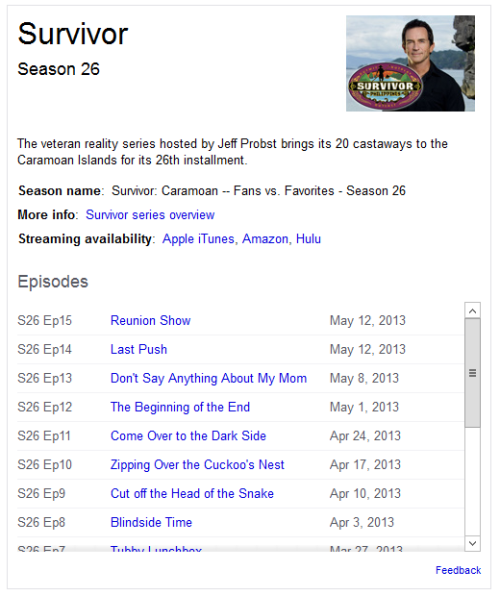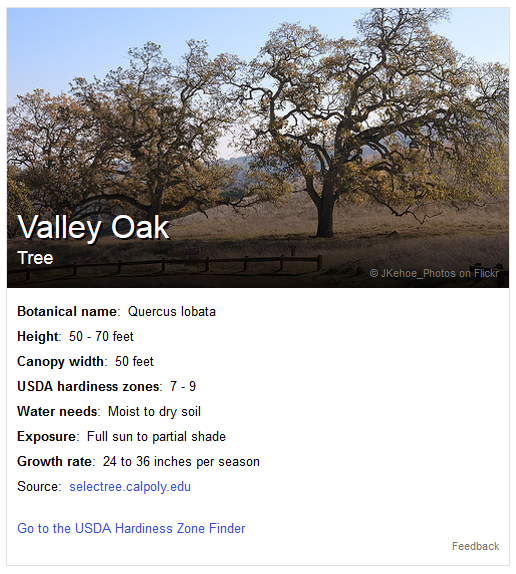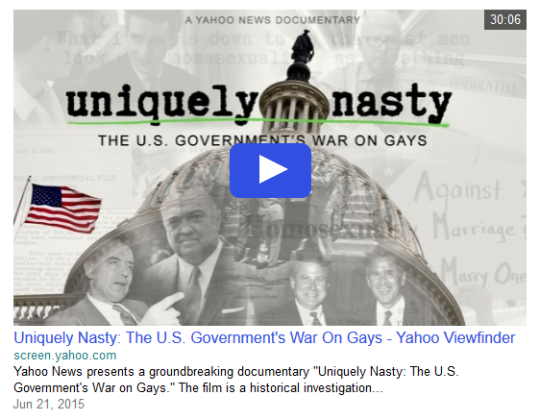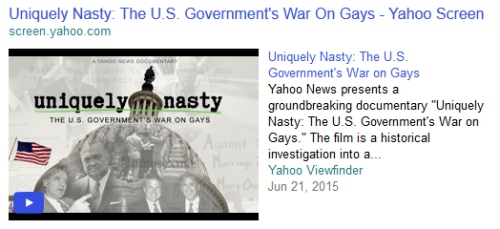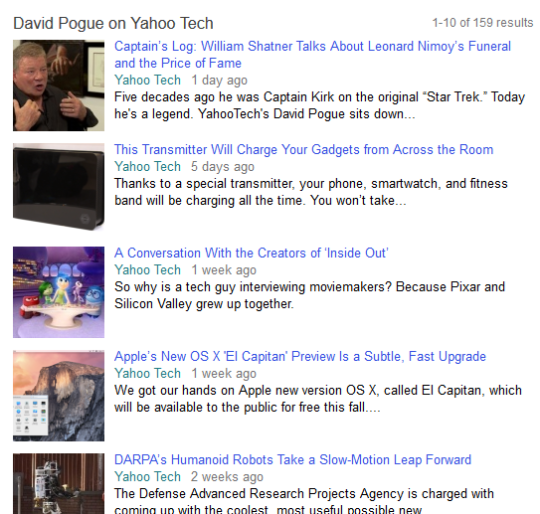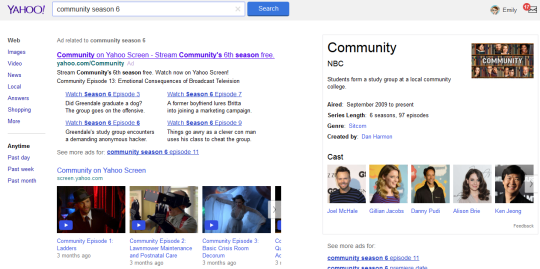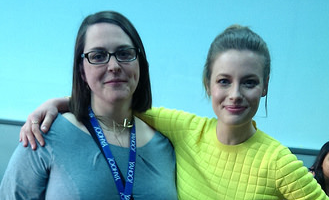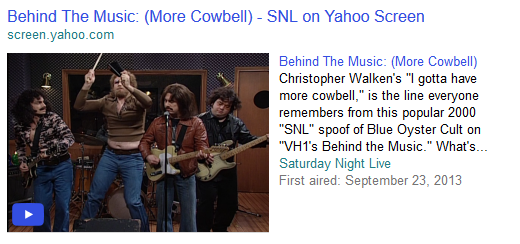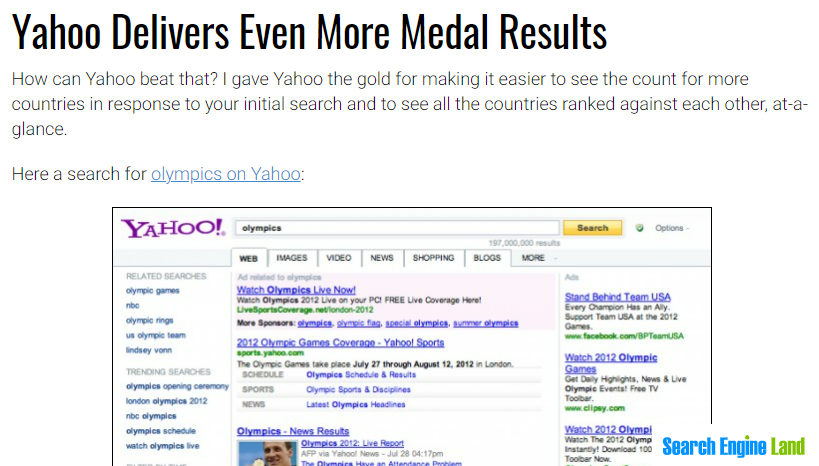Open in new tab
Asked to create a timeline on a humanities-related topic of our choosing for a Fall 2020 Digital Humanities course, I selected gender nonconformity in pop culture, a somewhat broad and tricky topic as the terminology and understanding of gender identity outside the binary is an evolving one, especially as it concerns culture and media. The resulting interactive object includes a selection of some–but certainly not all–instances of how these identities have been represented since the 1800s or so, along with brief analysis and commentary on those representations. Featured in the iSchool’s Student Showcase.
A complete reference list follows.
Media List
Bayer, J. (2019, April 3). Prince “Symbol” [Photograph]. Flickr. https://www.flickr.com/photos/23401011@N03/40565825163
Classic_Movie_Gals. (2008, June 12). Marlene Dietrich in Seven Sinners (1940) [Movie still]. Flickr. https://www.flickr.com/photos/27534776@N07/2574399770
Drümmkopf. (2007, July 2). Left hand of darkness [Photograph]. Flickr. https://www.flickr.com/photos/30453880@N04/4171543007
Hipp, M. (2012, May 20). Angry Inch – Hedwig & the Angry Inch [Video]. YouTube. https://www.youtube.com/watch?v=qWI6E8gdBzk
JasonOnEarth. (2007, August 1). Star Trek: TNG – “The Outcast” – ‘I Am Tired of Lies’ Scene [Video]. YouTube. https://www.youtube.com/watch?v=mMqGlSjAbwA
JonSnow. (2011, June 21). Pink Flamingos, live homicide [Video]. YouTube. https://www.youtube.com/watch?v=8bHKJt8beCI
Loose Women. (2017, June 30). Eddie Izzard on Why It Was Important for Him to Come Out | Loose Women [Video]. YouTube. https://www.youtube.com/watch?v=k2rYR0n5zTQ
Movieclips Classic Trailers. (2019, August 2). Boys Don’t Cry (1999) Trailer #1 [Video]. YouTube. https://www.youtube.com/watch?v=Ar9wGSd7KVQ
Ramirez, S. [@therealsararamirez]. (2020, August 27). New profile pic. In me is the capacity to be Girlish boy Boyish girl Boyish boy Girlish girl All Neither [Photograph]. Instagram. https://www.instagram.com/p/CEZak3AHwjG/
RuPaul’s Drag Race. (2020, October 8). Every Miss Congeniality’s Entrance (Compilation) [Video]. YouTube. https://www.youtube.com/watch?v=CalCAwLOJYo
Saturday Night Live. (2013, October 14). Pat at the Office [Video]. YouTube. https://www.youtube.com/watch?v=TYkjXMpKBBQ
STAT CHILE. (2016, January 8). Sylvester – You Make Me Feel (Mighty Real) (1978) HD [Video]. YouTube. https://www.youtube.com/watch?v=Ifr13Upytb4
Steven Universe. (2017, November 22). Stevonnie Run Into Trouble At A Dance Party | Alone Together | Cartoon Network [Video]. YouTube. https://www.youtube.com/watch?v=sEELKp3jLd4
Unknown. (n.d.) Mathilde “Missy” de Morny [Photograph]. Wikimedia Commons. https://commons.wikimedia.org/wiki/File:Mathilde_%E2%80%9CMissy%E2%80%9D_de_Morny.jpg
References
Amin, K. (2013). Ghosting transgender historicity in Colette’s The Pure and the Impure. L’Esprit Créateur, 53(1), 114–130. https://doi.org/10.1353/esp.2013.0012
Anders, C. J. (2019, February 25). Exploring the genius of Ursula Le Guin’s Hainish Cycle. Tor.com. https://www.tor.com/2019/02/25/unlocking-the-full-brilliance-of-ursula-le-guins-hainish-cycle/
Anderson, R. (2013). Fabulous: Sylvester James, black queer afrofuturism and the black fantastic. Dancecult, 5(2). https://doi.org/10.12801/1947-5403.2013.05.02.15
Arroyo, B. (2014). Sexualizing the transgendered body in Hedwig and the Angry Inch and Boys Don’t Cry. Textual Overtures, 2(1). https://doi.org/10.4000/ejas.14078
Avilez, G. (2019). Uncertain freedom: RuPaul, Sylvester, and black queer contingency. The Black Scholar, 49(2), 50–64. https://doi.org/10.1080/00064246.2019.1581978
Brodeur, N. (2020, January 31). When your signature ‘SNL’ character isn’t funny anymore: Julia Sweeney revisits Pat. Seattle Times. https://www.seattletimes.com/entertainment/when-your-signature-snl-character-isnt-funny-anymore-julia-sweeney-revisits-pat/
Butler, J. (1999). Gender trouble: Feminism and the subversion of identity (2nd ed.). Routledge.
Chambers, B. (2018, September 10). How The Left Hand of Darkness changed everything. LiteraryHub. https://lithub.com/how-the-left-hand-of-darkness-changed-everything/
Conway, J. J. (2012, June 29). Dress-down Friday: Mathilde de Morny. Strange Flowers. https://strangeflowers.wordpress.com/2012/06/29/dress-down-friday-mathilde-de-morny/
Cooper, B. (2002). Boys Don’t Cry and female masculinity: Reclaiming a life & dismantling the politics of normative heterosexuality. Critical Studies in Media Communication, 19(1), 44–63. https://doi.org/10.1080/07393180216552
Dean, L. (2020, August 10). Queer characters find power in “She-Ra” and “Steven Universe.” Bitch Media. https://www.bitchmedia.org/article/history-of-queer-representation-in-cartoons-she-ra-korra
Dry, J. (2019, December 12). As ‘Boys Don’t Cry’ joins National Film Registry, Kimberly Peirce addresses its complicated history. IndieWire. https://www.indiewire.com/2019/12/kimberly-peirce-interview-boys-dont-cry-transgender-1202196536/
Dunn, E. (2016). Steven Universe, fusion magic, and the queer cartoon carnivalesque. Gender Forum, 56. http://genderforum.org/transgender-and-the-media-issue-56-2016/
Ellsworth, M. P. (2016, April 22). Words of liberation: Prince’s lyrics and queer identity. MTV News. http://www.mtv.com/news/2871846/prince-lyrics-queer-identity/
Feder, S. (Director). (2020, June 19). Disclosure: Trans lives on screen [Documentary]. Netflix. https://www.netflix.com/title/81284247
Fitzgerald, T., & Marquez, L. (2020). Legendary children: The first decade of RuPaul’s Drag Race and the last century of queer life. Penguin Books.
Florido, H., Mitroff, K., Sugar, R. (Writers), & Bae, K., Kim, S., Michalka, E., Jones-Quartey, I. (Directors). (2015, January 15). Alone Together (season 1, episode 37) [TV series episode]. In R. Sugar, W. Moreland, & C. Beaton (Executive Producers), Steven Universe. Cartoon Network Studios.
Gammel, I. (2012). Lacing up the gloves: Women, boxing and modernity. Cultural and Social History, 9(3), 369–390. https://doi.org/10.2752/147800412X13347542916620
Gudelunas, D. (2016). Culture jamming (and tucking): RuPaul’s Drag Race and unconventional reality. Queer Studies in Media & Popular Culture, 1(2), 231–249. https://doi.org/10.1386/qsmpc.1.2.231_1
Hallam, L. (2010). Monster queen: The transgressive body of Divine in Pink Flamingos. Bright Lights Film Journal. https://brightlightsfilm.com/monster-queen-the-transgressive-body-of-divine-in-pink-flamingos/
Hamel, J. (2018, May 11). The Pansy Craze: When gay nightlife in Los Angeles really kicked off. KCRW. https://www.kcrw.com/culture/shows/curious-coast/the-pansy-craze-when-gay-nightlife-in-los-angeles-really-kicked-off
Hawkins, S. (2017). The sun, the moon and stars: Prince Rogers Nelson, 1958–2016. Popular Music and Society, 40(1), 124–128. https://doi.org/10.1080/03007766.2016.1245482
Kelso, T. (2015). Still trapped in the U.S. media’s closet: Representations of gender-variant, pre-adolescent children. Journal of Homosexuality, 62(8), 1058–1097. https://doi.org/10.1080/00918369.2015.1021634
kydd, E. (1998). Star Trek: Insiders and “Outcasts.” Jump Cut: A Review of Contemporary Media, 42, 39–44. https://www.ejumpcut.org/archive/onlinessays/JC42folder/StarTrekGender.html
Le Guin, U. K. (2010). The left hand of darkness. Ace Books.
Patterson, G., & Spencer, L. G. (2017). What’s so funny about a snowman in a tiara? Exploring gender identity and gender nonconformity in children’s animated films. Queer Studies in Media & Popular Culture, 2(1), 73–93. https://doi.org/10.1386/qsmpc.2.1.73_1
Pidduck, J. (2001). The Boys Don’t Cry debate: Risk and queer spectatorship. Screen, 42(1), 97–102. https://doi.org/10.1093/screen/42.1.97
Poole, R. J. (2018). “Rise like two angels in the night:” Sexualized violence against queers in American film. European Journal of American Studies, 13(4). https://doi.org/10.4000/ejas.14078
Prince. (1984, June 25). I Would Die 4 U [Song]. On Purple Rain [Album]. Warner Bros. Records.
Richards, J. (2016, October 19). Do we need to time warp again? Queer identity and the problems with the Rocky Horror Picture Show. Bitch Media. https://www.bitchmedia.org/article/do-we-need-time-warp-again/queer-identity-and-problems-rocky-horror-picture-show
Schmidt, T. (2010). “Being cool about it”: Performing gender with Eddie Izzard. Gender Forum, 29, 20–30. http://genderforum.org/private-i-public-eye-issue-29-2010/
Schoellkopf, C. (2017, June 13). Eddie Izzard reflects on coming out as transgender, why Caitlyn Jenner is a role model. The Hollywood Reporter. https://www.hollywoodreporter.com/bookmark/eddie-izzard-reflects-coming-as-transgender-why-caitlyn-jenner-is-a-role-model-1012926
Song, L., & Tan, C. K. K. (2020). The final frontier: Imagining queer futurity in Star Trek. Continuum, 34(4), 577–589. https://doi.org/10.1080/10304312.2020.1750564
Taylor, J. (Writer) & Scheerer, R. (Director). (1992, March 16). The Outcast (season 5, episode 17) [TV series episode]. In M. Piller, G. Roddenberry, & R. Berman (Executive Producers), Star Trek: The Next Generation. Paramount Television.
The Matrix is a “trans metaphor”, Lilly Wachowski says. (2020, August 7). BBC News. https://www.bbc.com/news/newsbeat-53692435
Whiteneir, K. T. (2019). Dig if you will the picture: Prince’s subversion of hegemonic black masculinity, and the fallacy of racial transcendence. Howard Journal of Communications, 30(2), 129–143. https://doi.org/10.1080/10646175.2018.1536566
McEnany, A., Mason, T., Wachowski, L., Adler, J., Berns, A., Hernandez, T., Mattis, L., & Sweeney, J. (Executive Producers). (2019-present). Work in progress [TV series]. Circle of Confusion; Showtime Networks.
Young, E. (2019). They/them/their: A guide to nonbinary and genderqueer identities. Jessica Kingsley Publishers.
